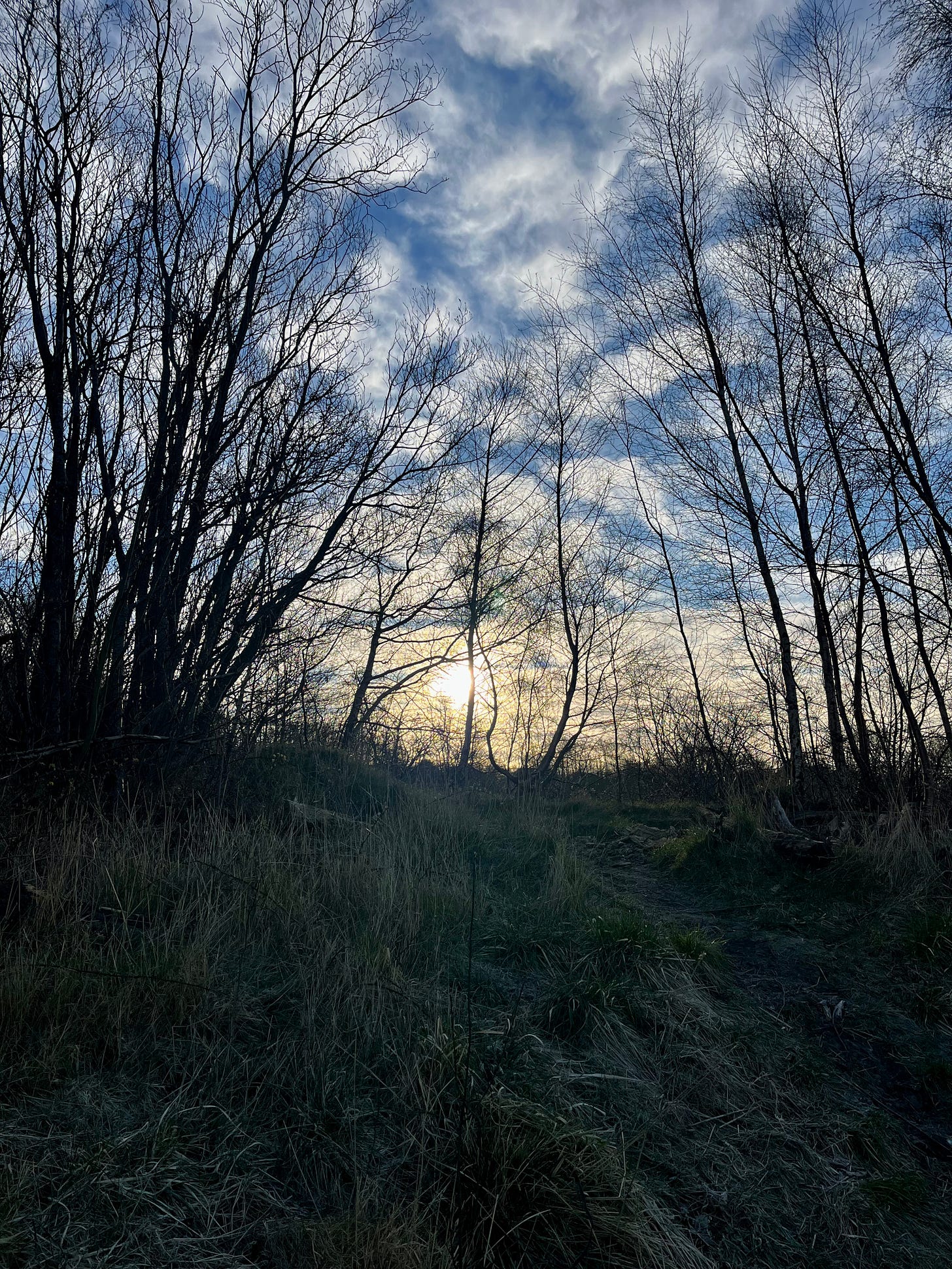bonjour, you. if you’re new to The Onion Papers, Peels are a round-up feature at TOP, a writer’s almanac featuring bread, soil, reading and sky updates that comes out on the first Monday of each month. happy reading and clicking,
margaux
March was a feast. It hailed, temperatures dived below zero in the depth of the night and the days carried on with the wind. The birds were vociferous, the feeders emptying as the trees bloomed in a choir; days greyed, the sun shone, the vegetables’ allotment slowed down before it birthed its first garlic scape, the tulips came through, red and white, and the daffodils grew tall. Insects, plenty of those I can’t name, as well as the bumblebees, squirrels holding crumbs, deer dashing off, folks standing with pints by the canal, plums and asparagus on offer, grilled and eaten on tarts. In March, I quit social media, on a whim, or troubled by an insomnia, whichever, still I did as I needed to rethink how I share news. To tell and to be told, rather than to show and to be shown by catching a quick story in passing. I don’t know for how long I will stay offline — am I missing opportunities; is it bad for my career, as a writer, as a freelancer; are we ok? — but it is a good place for me in this present moment, working and cooking and thinking at a slower pace, feeling more connected to the everyday and my people. I do miss seeing photos after reading the article instead of the digest, grim news instead of holiday snaps. As nature awakes from its hibernation, I am reminded of how important a reliable backstage is for the playhouse to amaze its public. There is something about March, a certain plentiful, a pinch as the daylight bleeds into the evening and the mornings O, so sharp; the birds, the birds, O, so loud, an urgency after the latent months, a thrive, life. It is a month for snacks and mezze, the appetite uncertain; it is cold, is it warm, am I hungry? Dear readers, I didn’t catch the moon eclipse even though I had claimed that March would be in the moon but, then, I changed my mind and fell in love with the soil, fragrant with wild garlic and colourful with bluebells, wet after a quick downpour, the grass warm under the sun at lunchtime, mossy tree roots by the river, the crows nesting and daisies carpeting gardens, whether they are attended or left wild.
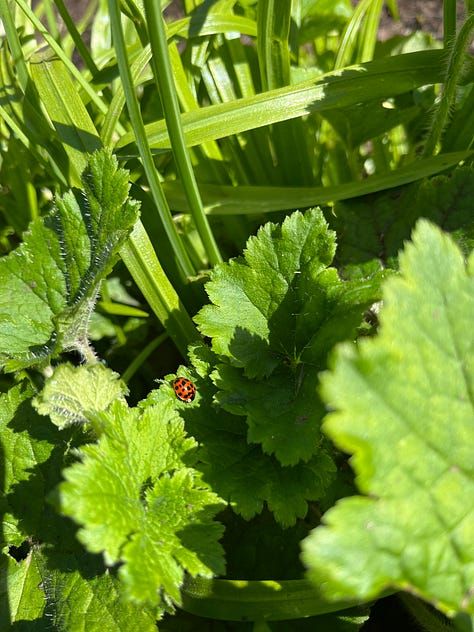
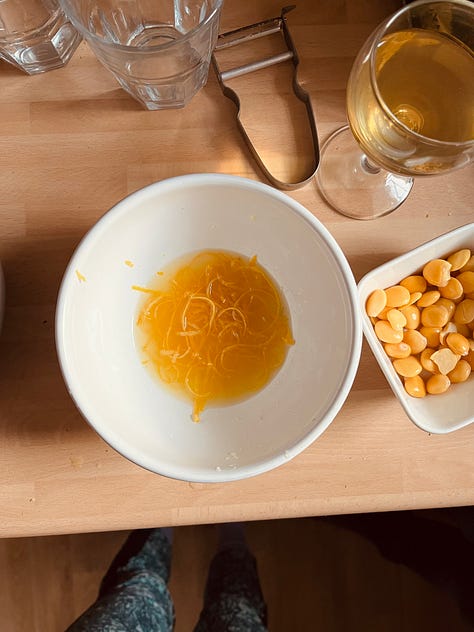


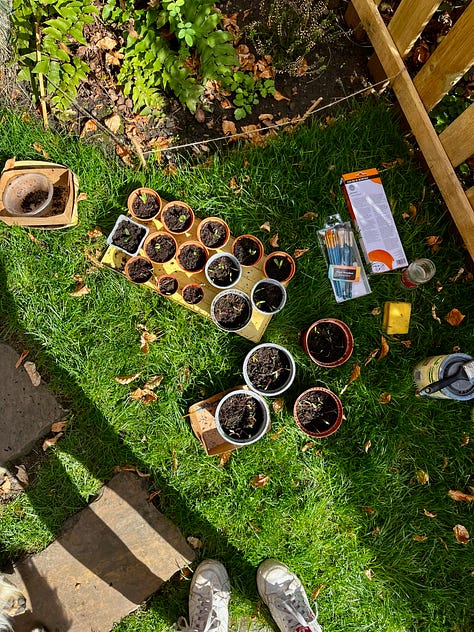
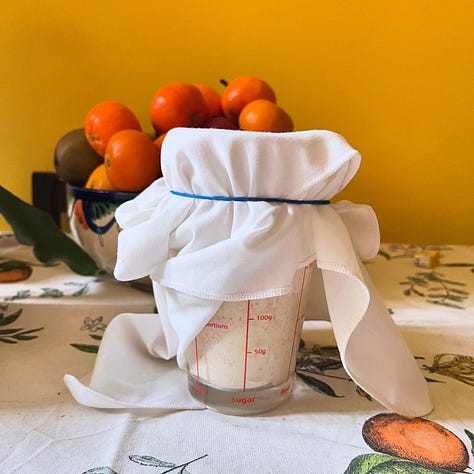
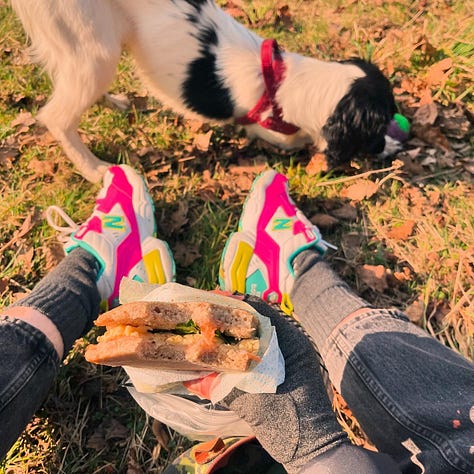
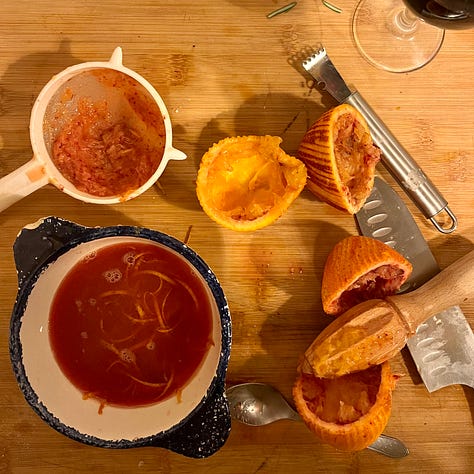
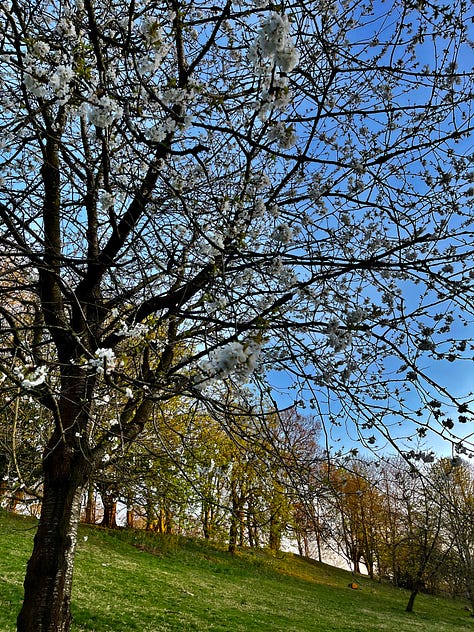
bread update
I loved and felt for ‘The Baker’s Body’ by Dayna Evans, who is the head baker and co-owner of Downtime Bakery in Philadelphia, PA. This essay was originally published in Cake Zine’s ‘Daily Bread’, but I read it online, via Andrew Janjigian’s ever excellent Wordloaf newsletter.
In March, I forgot the bread preparation on the counter often, distracted by my own thoughts and busy with deadlines. Yet, there was bread to break, mopping tomatoey casseroles and packing sandwiches away for hikes, each loaf a good reminder of how forgiving flour and water can be, for as long as they are granted enough time to work out their duo, bulk fermentating. Always step away from a draft and let it proof before reading over it again.
Looking ahead, April calls for sweet bread, so I am resharing my recipe for a gâche, which is the traditional brioche from Vendée in France (I wrote about this flat land before).
300g strong white flour
50g butter, softened at room temperature
30g brown sugar
2 eggs, plus 1 yolk to brush on top
5g salt
1 tbsp liqueur café
1 tbsp vanilla essence
2 tbsps crème fraîche
60g fresh levain, made with 30g sourdough, 20g flour, 20g lukewarm water
10g dried yeast, activated in 1tbsp of warm water (or 20g yeast and 2 tsps if you don’t have a starter; note that you might not need as long for proofing if you’re only using yeast)
In a large bowl, mix sugar and flour. Add the eggs, salt, liqueur, vanilla essence and crème fraîche, and mix well. Stir in the levain and the yeast. Work the dough with your hands.
Cut the butter in small cubes. Add to the mixture and knead for 20 minutes. You’re looking at an elastic dough. Form a ball with the dough and leave it to rest under an upside-down bowl for 2 hours. It should double in size.
On a working surface, shape the dough into a loaf and let it rest at room temperature for 5 minutes. In the meantime, prepare a baking tray with baking paper or sprinkle some semolina on top. Shape the brioche for baking. Place the dough on the baking tray and cover with a humidified kitchen towel. Leave it to proof for 4 hours at room temperature.
Preheat the oven to 180C, fan. Score the dough, brush the dough with the extra yolk. Bake for 35-45 minutes (until golden and cooked inside).
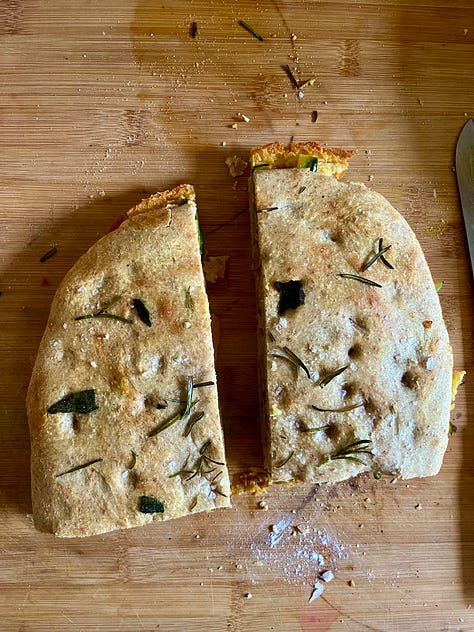
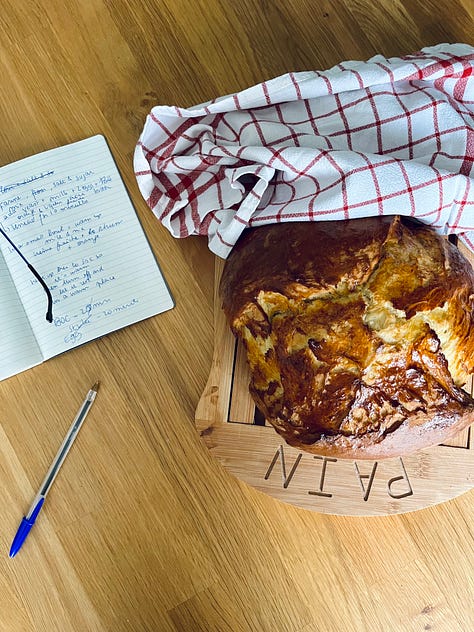

reading, listening
I borrowed the BBC, dramatised reading of George Orwell’s Animal Farm from the Libby app (which is affiliated to your library, if you live in the UK, and is a wonderful resource for audiobooks) and walked until I had listened to it in full. It pains me to say it but how relevant, still. This month, I also listened to Germinal by Emile Zola, which never grows old in my personal library. I will fight you on this: no, Zola isn’t too descriptive, and, oui oui, Emile writes about love.
Continuing my offline journey, feeling like a stranger in a strange land and finding peace in silence, I had my heart squeezed and expended by Carson McCullers’ The Heart is a Lonely Hunter. It is the story of John Singer, a lonely deaf-mute, and the group of people who are drawn to his kindness. If you are looking for a touch of humanity, search no more.
‘In his face there came to be a brooding peace that is seen most often in the faces of the very sorrowful or the very wise. But still he wandered through the streets of the town, always silent and alone.’
Still in fiction, I raced through Matrix by Lauren Goff. Marie de France is cast from the royal court and sent to Angleterre to take up her new duty as the prioress of an impoverished abbey. It is dazzling, sensual, fun and clever. This one got me out of a novel fatigue.
For a language that is enthusiastic and challenging, written as it is experienced, I can’t recommend enough Charles Lang’s debut poetry collection: The Oasis. This one had me rethink how I map a city, interrogate how I frame masculinity and class and, like the best of books, it engulfed me.
On the non-fiction side, I highly recommend What the Wild Sea Can Be: The Future of the World’s Ocean by Helen Scales, a passionate advocate for knowledge as the necessary passport for hope to solidify into long-term environmental policies. The book opens in Hermaness, in the Shetland Islands, as Scales was watching the gannets hunt for their food while mainland UK was being paralysed by an unprecedented heatwave, then she moves on to a deep history of our ocean and its habitants. It is a journey into unreachable realms, a multi-layered work of science and philosophy, an urgent reminder that it all began with the ocean. And that, where it began, it could end or reset.
in the kitchen
A breezy, three-course menu to celebrate spring –
To start, one can of butter beans (half of the water preserved), the juice of one lemon, one garlic clove (grated), 1 tablespoon of tahini and 1 teaspoon of paprika make a butter bean hummus. In a bowl, blitz all the ingredients together into a purée. Sprinkle some paprika on top, deep in with some carrots, celery sticks and radishes.
/
Asparagus, prawns and chickpeas stew, served with a slice of sourdough bread (garlic grated on top), bridges the gap between a beloved winter risotto of prawns and courgettes and the citrusy taste of summer.
Vegetables’ broth
1 tbsp of paprika
1 tbsp of fennel seeds
1 tbsp of ground cumin
1 leek, sliced
1 bunch of parsley, chopped
1 bunch of asparagus, harder stems removed and chopped
1 handful of cavolo nero, chopped
1 can of chickpeas
2 handfuls of prawns
1 tsp of Dijon mustard
the juice of 1 lemon
Sumac to serve
Prepare the broth, simmer. In a large, heavy-duty casserole, toast the paprika, fennel seeds and ground cumin for a minute or two. Drizzle some olive oil and gently fry the parsley and leek until they are translucent. Add the asparagus and cavolo nero, add some broth and turn the heat up, until it will bubble. Allow some of the water to evaporate and keep cooking. Reduce the heat to a simmer, add the chickpeas and the prawns, top up with extra broth (enough to cover), the lemon juice and the mustard. Let it be until the prawns are cooked and you have reached the consistency you like. Serve in a bowl and sprinkle some sumac on top. Pair with toasted sourdough bread, with some garlic brushed on top (or the bread of your choice!).
/
As the evening stretches late in the day, a tahini and lemon cake. In a bowl, mix 85g of tahini, 100g of extra virgin oil, 50g of coconut double cream, 1 tbsp of vanilla extract, the zest and juice of 2 lemons and 200ml of almond milk. Keep mixing until firm and leave aside. In a separate, large mixing bowl, pour 100g of polenta fine (not instant), 140g of ground almond, 1 tbsp of baking powder, 100g of brown sugar and a pinch of salt. Mix well until you will obtain a homogeneous preparation, then stir in the tahini cream. Mix well. Bake (I went for 180C; 18 minutes uncovered then 5 minutes with foil on top, but remember that I have a grumpy oven with only one setting). Allow the cake to cool for at least one hour, then spread some whipped (oat) cream on top to serve.
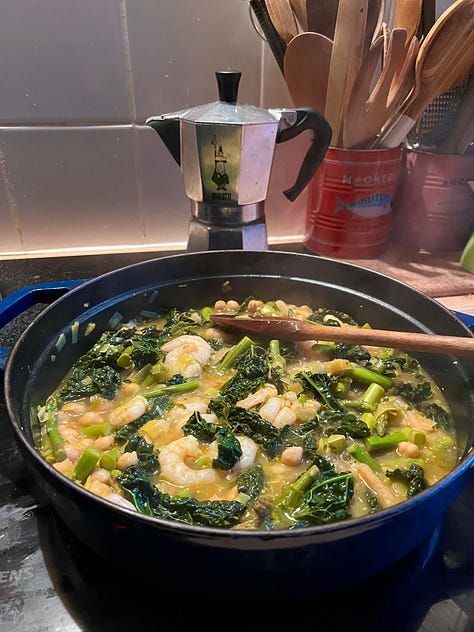
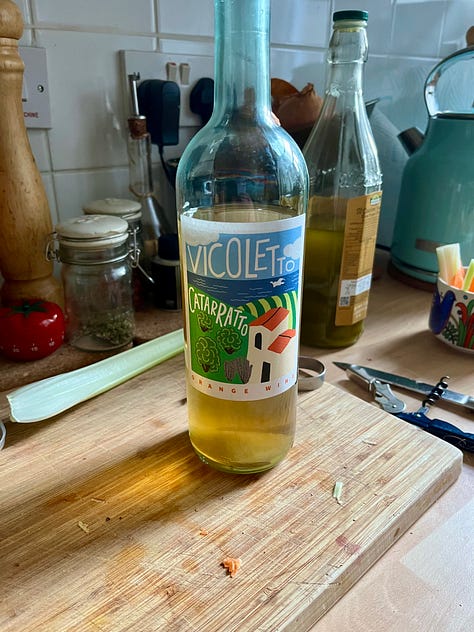
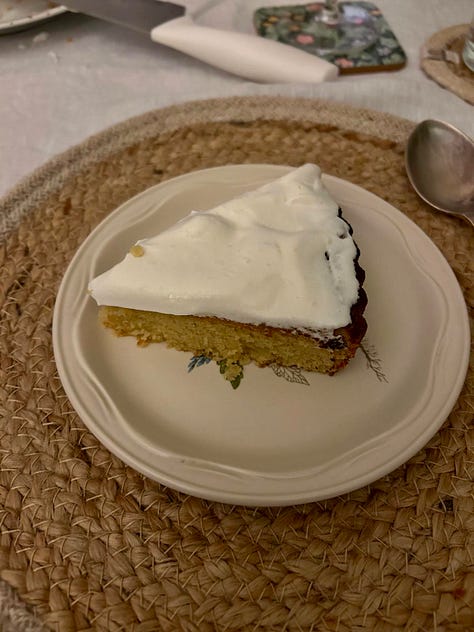
from The Onion Papers
The Meals I Didn’t Cook – on the art of changing my mind (a work in progress!)
‘If we adults are bad at changing our mind, partly, I think that has to do with the fact that such a recognition goes beyond being wrong. It is more complex in that it isn’t a failure, therefore fixable with a set solution, but it implies that something was incomplete before. It requires seeing time as multidimensional instead of linear, as it carries the past into the present – not growth but progress.’
*
I also wrote in praise of aloneness and a reminder that being alone doesn’t prevent us from having duties to others. Alone in the Kitchen, with references to Virginia Woolf and George Orwell, and a recipe for a generous minestrone.
‘Woolf’s strangest adventures, my cooking and writing alone in the kitchen, are two interconnected but personal ways to regain control in being an active member of a collective. Any organisation, whether it is a union, a community group or a sports association, thrives in its membership, drawing on each members’ skills and strengths, and how together they unite into something strong and forceful. George Orwell’s Animal Farm warned us, ‘all animals are equal, but some are more equals than others’, and I recognise that utopia has its own dangers, so do people, but also the most unexpected changes arise from unlikely people coming together, and unlikely people are encounters of a society in which people have experienced enough aloneness to get to know themselves and to thrive as independent, resourceful and creative beings.’
*
For the annotated recipes, which is a loose series of wanders and unmeasured recipes that goes out to paid subscribers, I shared a week in the kitchen – Spring Equinox: seven recipes (for polestrone; cabbage salad; eight-grain loaf; lemon cake; blood orange risotto; asparagus on toast; salty schiacciata). This one is the occasion for me to say that this series exists as I don’t send preview emails to the full mailing list, not for any sort of gatekeeping but because I resent the idea of clogging your mailbox. Here you go, we’re still cooking and thinking over there, and you’re welcome to join us. Drop me a line if you need a comp’d subscription; no question asked.
looking ahead (Glasgow, GMT)
‘If we opened people up, we’d find landscapes,’ the filmmaker Agnès Varda said in her collage documentary The Beaches of Agnès (2008), and if I could personify April, it would be Varda, pink and spirited. Spring has anchored but the weather is a sail, windy and rocky, as the tides will rise higher and retrieve lower than usual, the sun pulling the strings under the new moon. It will be full on the 13th day of the month, and this one is nicknamed the Budding Moon. The air by the river smells of garlic; pesto for the pasta, crushed cashew nuts stirred in, and the asparagus folds in with the lasagna, pasta sheets rolling out to feed a crowd on the spot or to be preserved for later. The wine is orange, the hangover strikes in the afternoon, fizzy and feverish with sun-kissed cheeks. Look up, Jupiter is bright and yellow. Back in the kitchen, dinner is served late and the salad is peppery, its heart made of rocket, the crunch of a radish and the salt of capers. April is a real flirt, purple sprouting broccoli glittering with rock sea salt, roasted, miso vinaigrette on top. Samphire mends a seasick soul. Cockles are meaty, swimming in a citrusy broth, petit pois and crusty baguette on the side – mop mop mop, all of it, be generous but do go gentle on that land, as it wakes up, mossy and charming. The first nettle stings harder than the second one. Basil, sorrel, chive will compose an excellent bouquet to bring to that dinner party.
margaux
thank you for reading The Onion Papers. i’m margaux, a writer and cook, and this is my hybrid newsletter. if you enjoy my work, remember to subscribe and/or invite friends to the party as you keep me going <3
Thursdays are for long reads and Mondays are for annotated (unmeasured) recipes (to paid subscribers), both come out every other weeks. Peels, a writer’s almanac, go to all subscribers on the first Monday of the month. you can expect approx. three emails from me each month. O, I write novels too.






